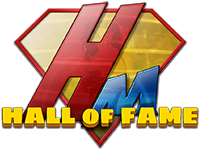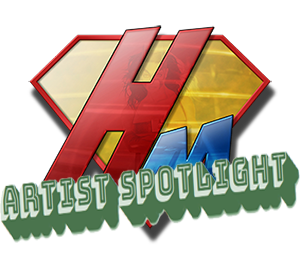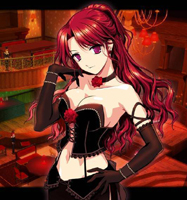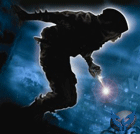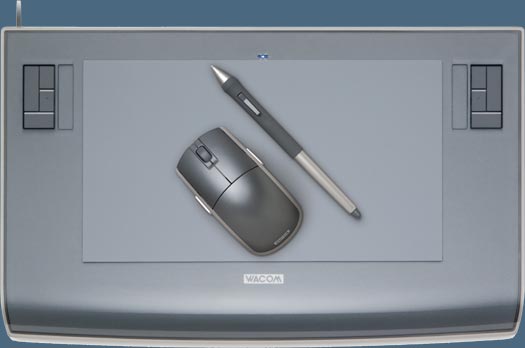Drawing is a very generic term for a wide range of techniques, so I am going to break it out into some basic categories.
PencilsThere are many types of pencils the important thing to remember is the level of softness and hardness. The softer pencils are designated as B and harder ones are H. The leter can be followed by a number that designates the degree of softness or hardness. The higher the number the softer or harder the lead/graphite will be. B leads lay down darker and are used primarily for shading, while H leads lay down lighter and are for more precise line work. The old #2 is a 2H pencil.
One final word on pencils before the list. You have probably heard of pros using a "non-photo" blue pencil to do their initial drawing. It's basically a light blue colored pencil that you can be a little looser with prior to laying down finished pencils or inks. The "non-photo" is a term refering to the fact that older methods of reproduction wouldn't transfer that blue so it was essentially invisible further down the production.
Types of pencils (each type makes use of the various hardnesses)
Mechanical- A holder that uses small lead sizes from 0.3mm up to 0.9mm that allows you to have a uniform tip without the need to sharpen. (non-photo blue leads also available)
Technical- Using another type of lead holder these leads are significantly larger than the technical pencil. They allow for more precise sharpening than your standard wood pencil. (non-photo blue leads also available)
Woodless- Is the size and shape of a wood pencil, but without the wood. Typically a fine art tool used to do large areas of fine quality shading. They come wraped in tough plastic and are used with or without a holder.
Drawing Pencils- Wood pencils of varying hardness that can be bought in sets or indiviually.
ErasersNot all erasers were created equal.
Kneaded- The work horse eraser of the drawing world. It's plyable enough to shape to your needs and is spectacular at sucking up soft lead (amazing with charcoal too) from your paper. Best of all cleaning it is almost like playing with gum

Pink Eraser- Probably the most familiar eraser, it is fairly good at handling the harder leads.
White Plastic Eraser- The best general duty pencil eraser. It's the middle of the road eraser.
ToolsSome of these tools will be repeated for the inking list. However there is a difference between an inking ruler and a standard one. if you think you may do both drawing and inking, then only buy the inking version of the tool.
Ruler- Only freaks of nature can draw straight lines.
Drawing Board- If you don't have a drawing table it's the next best thing. Plus you can watch tv with it on your lap.
T-Square- Takes some of the pain of perspective away.
Parallel- It's a fancy mechanical T-square. I have one attached to my drawing board.
Adjustible Triangle- This takes even more pain away when drawing perspective.
Compass- Only a freak of nature can draw perfect circles.
Ellipse Templates- An old standby for mechanical drawing.
Drafting/Drawing Tape- It has a kinder gentler adhesive.
Tortillion/Blending Stumps- They come in a variety of sizes and are used to smooth the gradiation during shading.
Light Box- This is like a drawing board that is lit from underneath. It can be used to take rough pencils on one sheet of paper to finished pencils on another, and finally to inks on yet another sheet of paper. Why so many pieces of paper? I'll touch on paper next.
